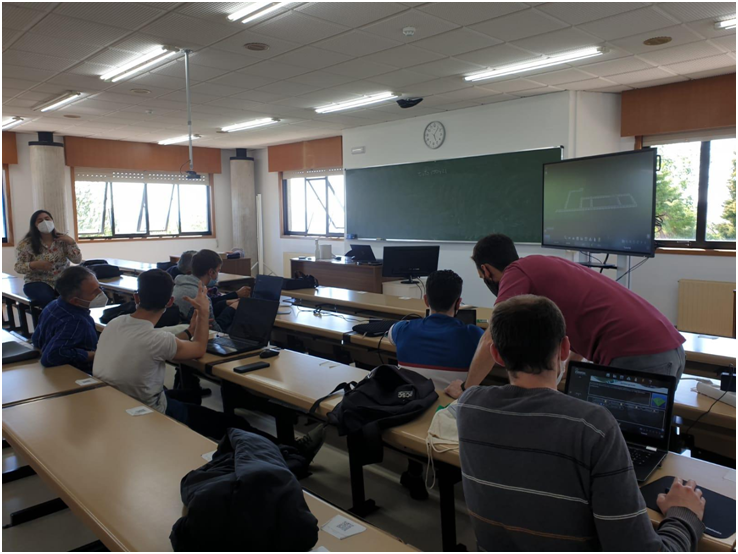
Following is a list of good practice guidelines on how to get maximum impact from the HERA learning intervention. For more details, please refer to O4. Good Practice Guidelines.
Preparation
Carefully select scenarios that add value to existing educational practices
Ensure that scenarios have balanced roles for interesting
Use available scenario templates that provide functional cities to create your scenario teamplay
Choose a problem that can be seen or experienced in real-life and is relevant to students
Make sure that all computer equipment and software have enough power to execute the HERA scenarios
Learning delivery
On-boarding
Encourage students to perform individual research before collaborating with their group members towards solving a scenario
Use a scenario that may be individually played to introduce the players into the game
Evaluate learner newly developed knowledge through debriefing
As an educator, act as a facilitator and a guide in problem-based learning
Don’t explain everything on a scenario in one iteration; rather use several iterations to build knowledge and skills
Be an effective facilitator while students work on a problem
Allow sufficient time for students to work with the scenarios
Allow students to reflect
Introduce homework
Conclusion
Use the HERA game to motivate students to develop their programming and coding skills
Integrate learning objectives in the game scenarios
Use HERA as a UX testing platform
